|
Some ideas for improving access to nature connection if you or someone you are close to has an illness or disability, meaning they find it difficult to be outdoors. Studies over the last few years have consistently demonstrated that being in nature is beneficial for both our physical and emotional health. From my own observations, I would also add that for many people connecting with the other living parts of Earth also brings increased levels of wellbeing to both the spiritual and social aspects of our lives too. In my work as a palliative care nurse and as an unpaid Carer of several family members I have witnessed many instances where being able to be creative about how to connect with nature can positively influence the quality of life for people who are too unwell or disabled spend time outside on a regular basis. Over the past year I have become very unwell and currently spend most of my time in bed. This has given me a great opportunity to reflect further about how poorly and disabled people who for whatever reasons find being outside challenging, can benefit from nature connection. These are some of the ideas I have collated. Most of which I use in my own life too.
Being aware of any sadness, grief or loss you feel about not being able to connect with nature outdoors. Even just reading this short article may generate difficult emotions. And that’s ok. I’ve found that talking it through with someone close to you or writing, drawing or any other creative expression can really help, as do other ideas mentioned here. As well as hopefully providing some useful ideas relating to nature connection and immersion, an additional function of this article is to inspire further discussion about the urgent need for permaculture practitioners to address issues of privilege in accessing permaculture. Resources There are a huge diverse number of resources relating to the ideas I have written about in this article. If you need some extra inspiration or a starting point. Here are some of my current favourites. Dave Jackson Aromatherapist Writing by Flo Scott – Flo has written a number of articles in Permaculture Magazine and also has her own blog at http://permaculturedesigner.co.uk – In particular check out Flo’s most recent post “Top 5 things to do in an Indoor Garden” BBC Radio programmes – all of the following are available as podcasts (or on iplayer for those in the UK) Gardeners Question Time Open Country Tweet Of the Week Ramblings Alice Fowler’s regular column in The Guardian newspaper Plus books and YouTube films by Alys Permaculture Magazine – available via paper or digital subscription plus lots of free content Lots of fantastic books at Green Shopping One of my current favourite books from Green Shopping, including many, many gorgeous photos, is No Dig Organic Home and Garden by Charles Dowding and Stephanie Hafferty ‘She Explores’ podcast Facebook Group - I have recently created a Facebook Group ”Permaculture, Chronic illness and Disability” for anyone with an interest in the topic to join. There is already a very friendly and solutions focused culture emerging there, so please come along and join in if you are interested.
1 Comment
Hi again. Last month I wrote about my decision to commence a new chapter of my life and work as a Permaculture Practitioner, while living with a chronic illness. You can read that post here And so in today's post I am going to share with you some of the tools inspired by permaculture, which I am currently using to thrive and grow, both personally, and within my work. Some of the images shared are purposefully blurred or left in a format where it is difficult to read the details. Using the permaculture principle "Design from Patterns To Details", this is mainly because the actual content isn't really relevant to anyone but me. Though you may well find the design patterns I have shared could well be adapted easily to help your own life design. In July last year, several months after I had become very unwell, I was diagnosed with Myalgic Encephalomyelitis. (M.E.) - at the time I was really shocked and scared by this news, and by the reality about how my life was probably going to be changed for the time being. I know from my past designing experience that The Design Web by Looby Macnamara, is a really useful design process for managing and then thriving with, life changing events. So, in the weeks following my diagnosis, I spent some time exploring the new and very daunting situation I found myself in, by focusing on each of the anchor points, and then more time looking at how the process of the Design Web as a whole, could assist me. From this process emerged my "Daily Tool Box" and also my new annual Focus Word for 2018 - "Creativity" Utilising The Design Web in this way has been invaluable in how I have coped and thrived with such a disabling illness. I plan to evaluate and review this design in a few weeks time at the Spring Equinox, connecting to the energy of balance demonstrated, as our light and dark times become equal. In December of 2017, my Design Web activities were working well for me, in terms of my emotional and spiritual wellbeing, and I started to think about how I could carry on my work as a Permaculture Practitioner while living with an illness in which my physical and cognitive functioning was very much reduced compared to the year before.
A connection with pomegranates growing locally to us at the time (and which I love to eat), gave me the inspiration I needed to get some of my many ideas into a realistically achievable design format. Zoning is a tool often used in land based designing to help decide where to place the various systems and elements of a design. Zone 0- 1 being the area we observe and or visit on a very regular basis, and then through to higher numbered Zones which are visited much less frequently. The main aim being that the parts of a design needing lots of attention or use, (for example herb and salad crops, composting bin), are placed in a Zone nearest to the humans involved, and parts needing less frequent human attention, (for example coppicing for firewood), are placed in Zone 4 or 5. In my design here I used Zoning to create a plan for how I could engage and connect with my permaculture interests, and within the limits my new living reality had created. At Zone 0 for each topic I have structured or "wild" thinking time about a subject. And then through to Zone 4, organising low key community 'in real life' or online events, which although feels quite impossible now, could be a realistic aim and hope to have over the next year. My Daily Tool Box and Zones Table are placed in an easily observed area near to my bed, (where I spend 95% of my time just now), and so, (in the spirit of zoning), I am reminded of their applied usefulness many times a day. And as a result are already becoming an exciting and core part of my life so far in 2018. Strands of Infinity is the latest book from Permaculture Designer and teacher Looby Macnamara. Its a beautiful collection of poems written by Looby, (and one poem by her 8 year old daughter Teya), over recent years. Subtitled "Poetry to reconnect", this is exactly what this powerful writing does. Connecting the personal, political and spiritual we are encouraged to explore how these intertwining threads manifest in our own life journeys. The poetry in this book is inspirationally written for both for sharing at events and gatherings, alongside our own personal reflection. With themes such as "Change the story", "Gratitude as Attitude," "This Woman is Rising" and "Will Humankind Survive", Looby's poems are wonderfully accessible on many levels to a diverse audience. I can strongly recommend Strands of Infinity as a tool for our present and our futures.
Yesterday I faciltated an informal two hour workshop, "Design Your 2017" at the wonderful Settle Community and Business Hub, in Settle, North Yorks. The main aim of the workshop was to use a creative design process to inspire and empower people to develop their own planning system, in order to help achieve goals they have for the year ahead. Ten women from four counties, (including Ann via Skype), came along, and we spent a lovely morning sharing experiences, ideas and tools, with guidence from The Design Web by Looby Macnamara The workshop was a new project for me and it felt like a positive way of using people centred permaculture design in non permaculture focused settings. Some women in the group use permaculture in other areas of their lives and others didn't. My general observations throughout the morning, and then the feedback afterwards, indicated that the format was really accesible to all though. The event could have definately been extended to perhaps a whole day, but overall this workshop design seemed to be really sucessful and its definately something I would repeat again. We left with plans to reignite a monthly gathering in Settle, in order to create a space for momentum, reflection , support and sharing of our 2017 stories. Today is World Mental Health Day - there are so many elements to good or poor mental health, many - discrimination, privilege, environmental destruction, global conflicts, war, seemingly unstoppable ravage by our political systems - feel massive and completely beyond our control, These are often some of the reasons that people choose to learn about permaculture and how to use it in their lives and work. Many people I meet in the permaculture community, and beyond, explicitly express chronic grief for the Earth, despite lots of amazing permaculture design work being undertaken by them on our lands and in our communities. Much of the grief seems to comes in waves of intensity. Leaving people and their projects damaged, sick and unable to function to achieve the desperately needed regenerative results. I firmly include myself within this collective grief and I believe there are ways of things we can do, personally and in our local/online communities which can help. Help us to heal, make us more resilient, and regenerate. Some of them are listed below. I know from experience that permaculture design with its principles and ethics can make so much difference to mental and emotional health, and can offer further holistic tools in addition to the ones suggested above by the World Federation For Mental Health I find Looby Macnmaras Design Web really useful process for personal design. Its web pattern reflects the web like nature of mental health – none linear, diverse connections. I’m not the only one, I know many other people who are using permaculture to improve their holistic health in so many ways. Permaculture design may not be able to take away the structures and harm which feeds our on-going despair and grief, but for me it has made a long-lasting difference in how I live and thrive despite times when my grief has seemed overwhelming. The theme for this years World Mental Health Day is ‘Psychological first aid and the support people can provide to those in distress’ – today I will be doing some mindmapping and observations around this with the aim of creating a community design focusing on this theme. Other related resources you may find useful
Overcoming burnout part 7 - Composting Grief - Nicole Vosper Active Hope - How to face the mess we are in without going crazy - Joanna Macey and Chris Johnson People and Permaculture - Looby Macnamara New FB Group – Perma-Health What's Your Grief The Earth Path - Starhawk - more information on The Well of Grief Sunrise during a storm here this morning. Air cleared, mind cleared and along with the new moon, the electrical energy is helping some new design ideas to develop. #patternsinnature #useandvaluerenewableresources
“How can we be build a new world when people are so deeply damaged by the old?” City of Refuge is Starhawk’s long awaited powerful and profound sequel to the Fifth Sacred Thing. It’s actually the 3rd novel of the story that begins in the 1960’s in Walking To Mercury. Although there is been a gap of over 20 years since Fifth Sacred Thing was published It expertly flows to take up the story as if it were written to further the tale of a much more recent novel. Set in California 2049, the scene is set of a land of great contrasts. Califia in the North, protects the Elements, the four sacred things –air, fire, water, and earth—and values diversity, community, sharing power and responsibility. The Southlands are ruled by a fascist regime in which a small minority hold financial control, children are bred to be soldiers and disposable sex slaves - and rape is a seen as a reward. The lands and communities of the South are toxic and dying, those in the North resilient and abundantly diverse. It’s a novel for anyone who is passionate about the future of our Earth and her communities. Starhawk tells the story through and in, webs and connections, of love, power and magic. She brings us hope through the many examples of solutions of healing and regeneration described . Although fiction, City of Refuge is so relevant to real life – hauntingly so at times. The challenge of inciting revolution in such a society as the Southlands, by building a city of refuge within it, is an ethically complex task for revolutionaries of the North . It is hugely inspiring to all of us who are working hard to create social and environmental change. Many of the most horrifying elements of the book (violence and oppression of both land and people), are so, because they are not far in reality to the world we live in today. In comparison, the story also holds many beautiful descriptions of what large scale communities and land use designed with permaculture principles and ethics, can be like. Starhawk’s fiction is a deeply inspiring look at what is actually possible for a solutions focused healthy future. In the afterword of the book, Starhawk summarises how the changes in our world over the last twenty years have influenced her thinking as an activist, ecofeminist, pagan and teacher and then how she approached writing the book .One major factor is that California Is now year on year living the very real impact of climate change, which was still only a growing concept in the early 90’s when the Fifth Sacred Thing was written. Another challenging subject explored well in the book is Non Violence and its place in a healing world – given the severity of aggression used to control whole communities here in 2016, is it truly possible for the story’s Army of Liberation to use non violent only tactics? City of Refuge can certainly be enjoyed as a stand alone book and by folk who have never heard of permaculture. There are also many beautiful layers that we as permaculture designers and practitioners will appreciate to a new level as the story weaves through the principles, ethics and many, many design elements and systems as a permaculture designer and activist, I find everything I love in this novel: powerful story-telling toward a different and better future, deep respect for the power of growing and sharing health promoting food, liberated sexual images and identities, genuine love and care for the characters and plenty of plot twists which meant I really didn’t want the story to end . Starhawks work has been a major influence in my life since my teens and I’ve been looking forward to the City of Refuge ever since I knew of its creation. In all honesty I can say its one of the best novels I’ve ever read. My reactions to the story line: - fear, horror, humour, hope, pride, determination and extreme grief changed from one hour to the next – the 650 page book was hard to put down! I’m now looking forward to re reading both Walking to Mercury and The Fitth Sacred Thing, before taking my time with a more slower, thoughtful read of City of Refuge again. I know those creative layers hold many more pause times for reflection, visioning and designing for healing our broken Earth. Starhawk talks about writing the City of Refuge in this link
Ive seen such wonderful posts throughout social media today, to mark International Women's Day 2016 - #IWD2016 -my favorite was this beautiful film from www.wiseatheart.com and shared via Permaculture Magazine
Inspired by so much of the energy from #IWD2016 I’ve been spending some time reflecting on all the wonderful women who impact my life at the moment – here are some of my thoughts of gratitude
Women who write the books I read, (and often review); Women who I rarely (if at all ) meet face to face, but who are my friends and positive connections in the big wide world of social media; Women who teach me, through courses, workshops, by example, and the other women who attend those events, with many of whom I stay friends with long after; The global network of women who inspire me with their practice, knowledge and stories; Many women working at strategic and national levels to generate political changes towards equal, balanced healthy lives, w3that are prioritised and happen , and women working for grassroots organisations with similar goals; Women health care professionals I work alongside, who inspire my passion about quality of life as we die, Many of my patients and their families too ; Women who design systems for healing and regenerating land, communities and self using permaculture principles and ethics; My diverse group of friends, long term, and transient; Women who farm to grow the food I eat; My wonderful WISE (Women Inspiring Stories of Empowerment) group whose monthly Skype presence and space has given me so much so far this year, even in its short life; Women in my local communities who work in local business and run services to help and support me with my day to day life needs; Women and girls in my family, present in this world, and those no longer alive - especially my mum, Mo, whose letters wrote before my birth are teaching me about the similarities in politics, adventure in life and compassion we share ; My Goddess daughter and other young women who inspire hope for your next generation; And of course my beautiful partner and soul mate , H x Last month I spent a wonderful 10 days on a residential course learning about facilitation of social permaculture courses…to fuel us through our long, productive days of learning, Rebecca, the cook for the course, created some amazing meals.
With a variety of diets (including vegan, high protein, gluten free, allium free!) to cater for, our lunches and dinners often included a variety of delicious toppings and accompaniments (toasted seeds with tamari, sprouted pulses, various seed/pulse ‘dips’, cheeses, eggs, salad leaves) to meet our diverse needs. Back at home now, and feeling inspired by our course meal, I have started making a lot more yummy healthy plant based additions to our main dishes of the day, and snacks …first up, ensuring we grow a continuous supply of sprouted seeds and pulses, and toasting pumpkin, sunflower and sesame seeds each day. Also posted in Nomadic Food Divas |
my blogregular updates and reflections about the permaculture designs in my life archives
December 2020
categories
All
|
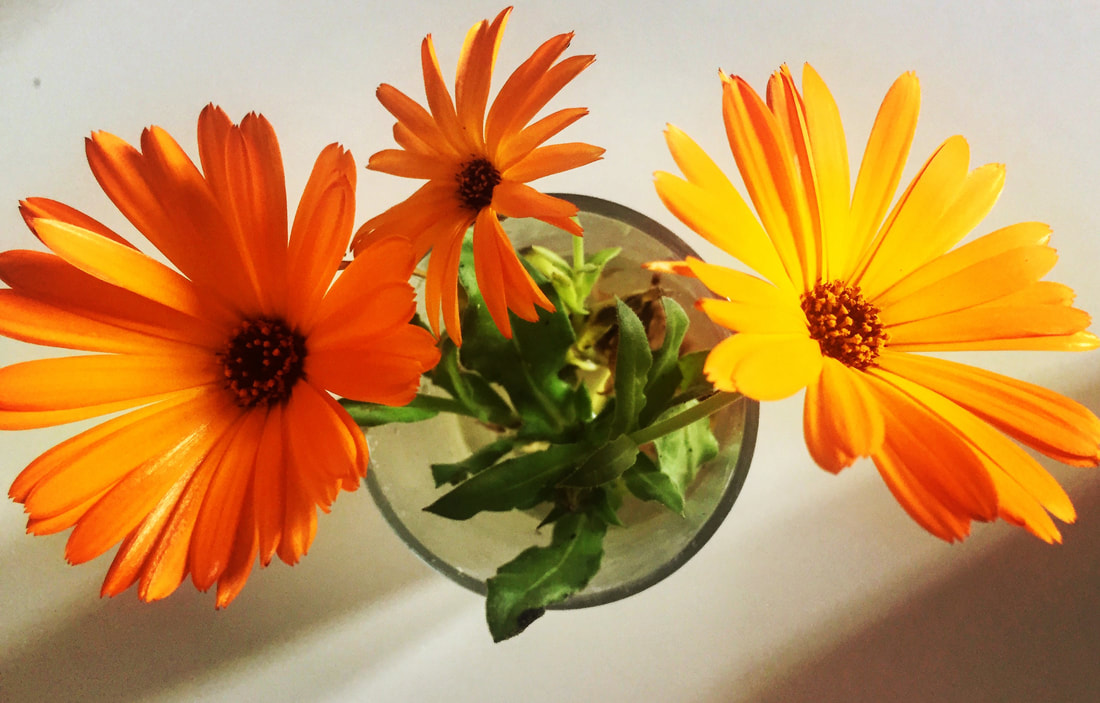
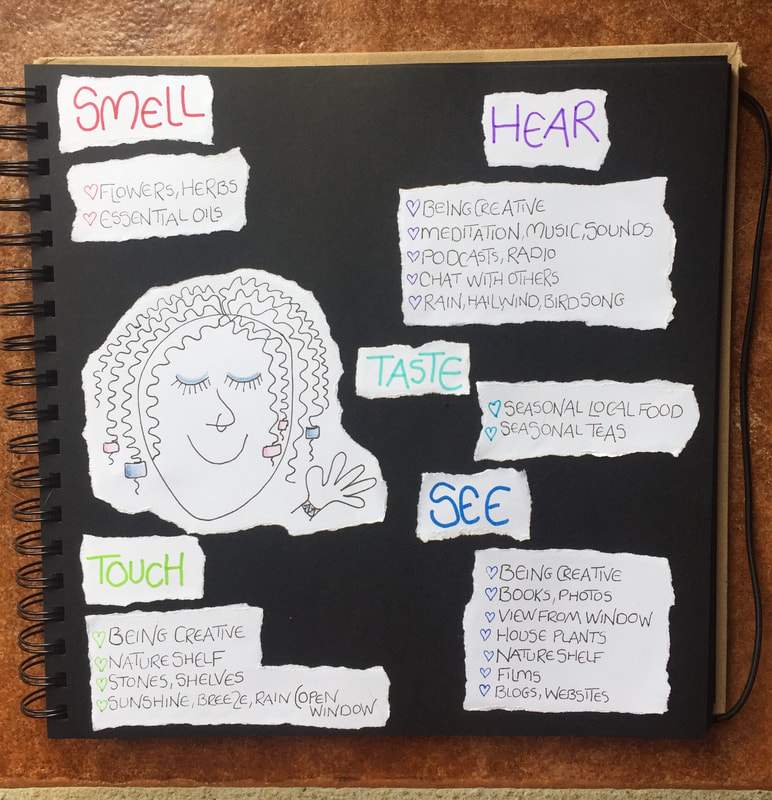
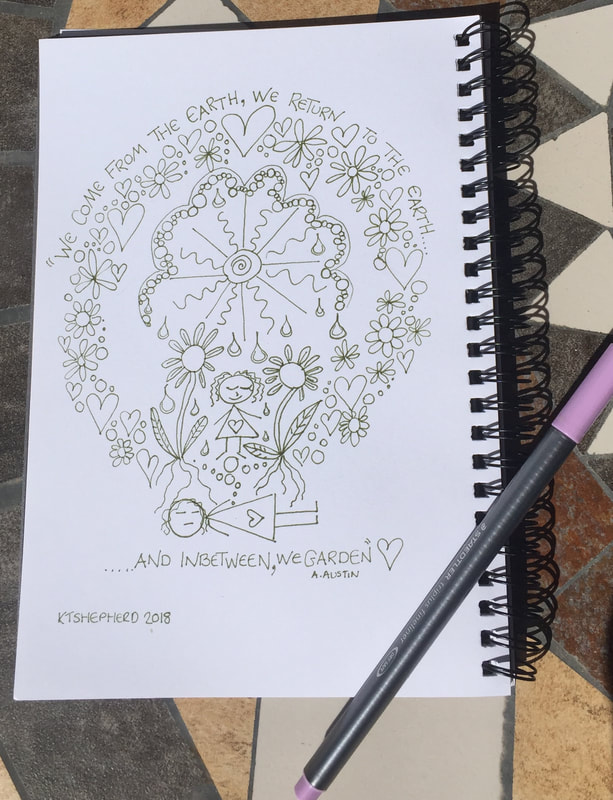
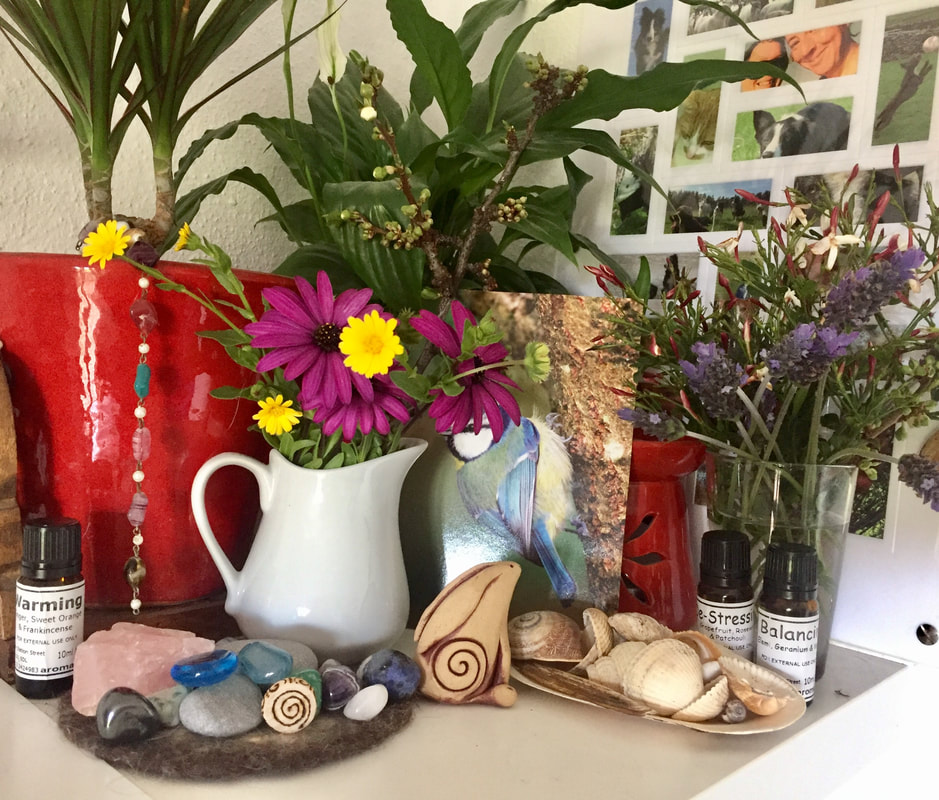
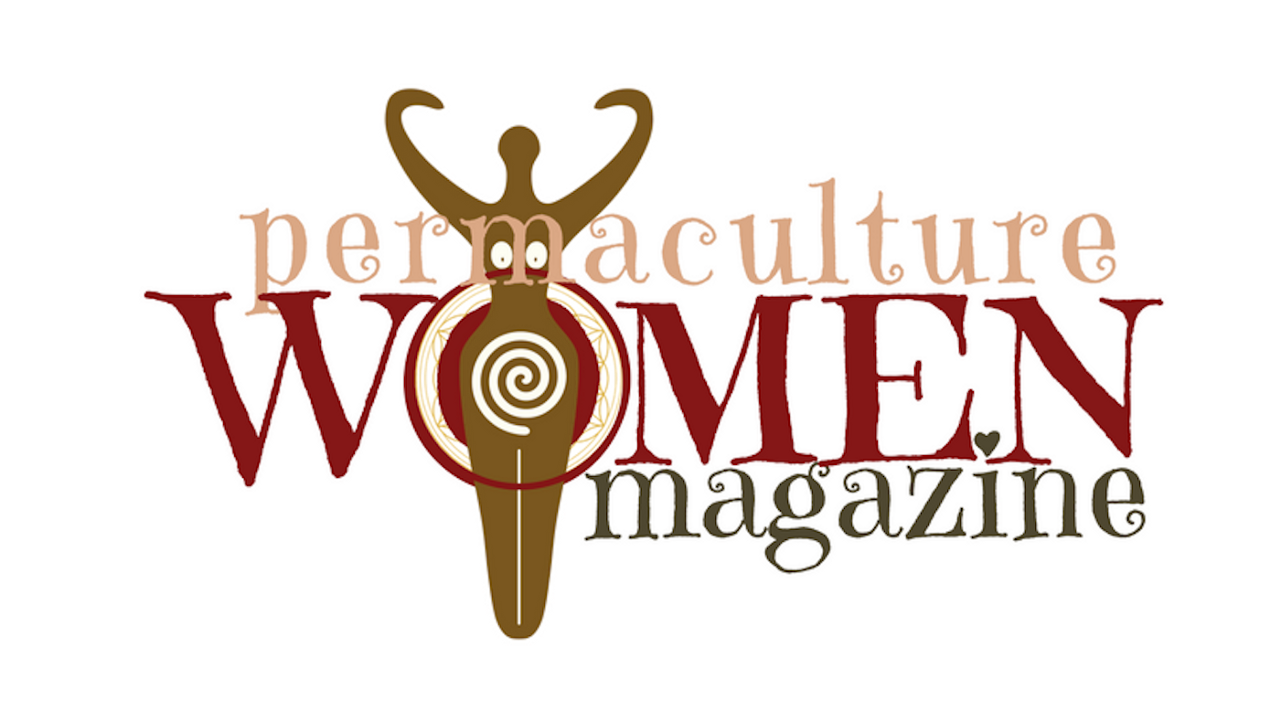
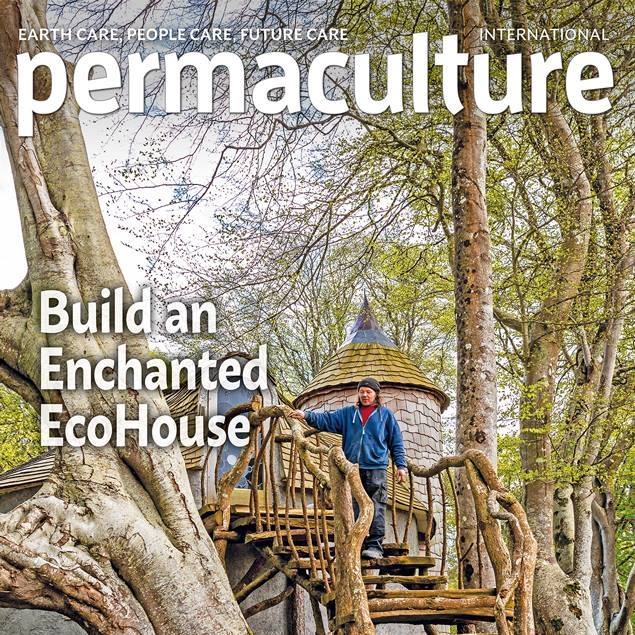
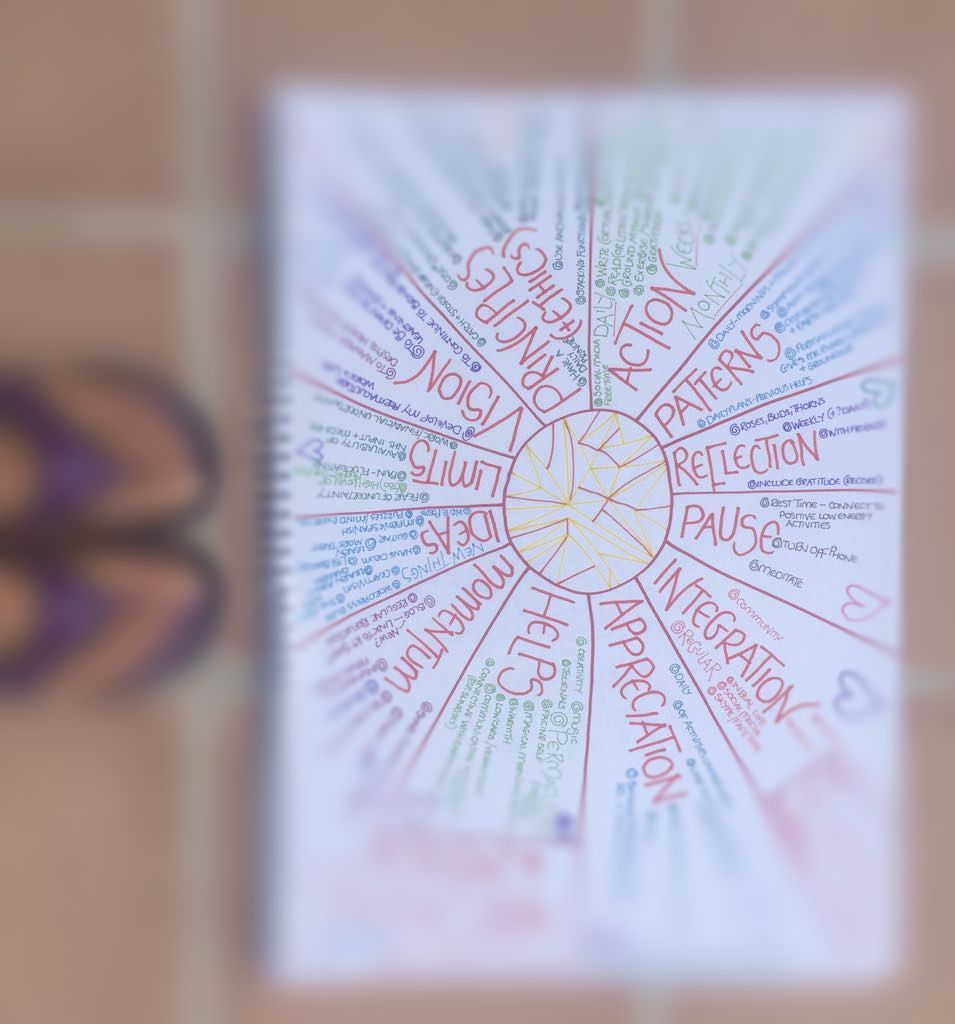
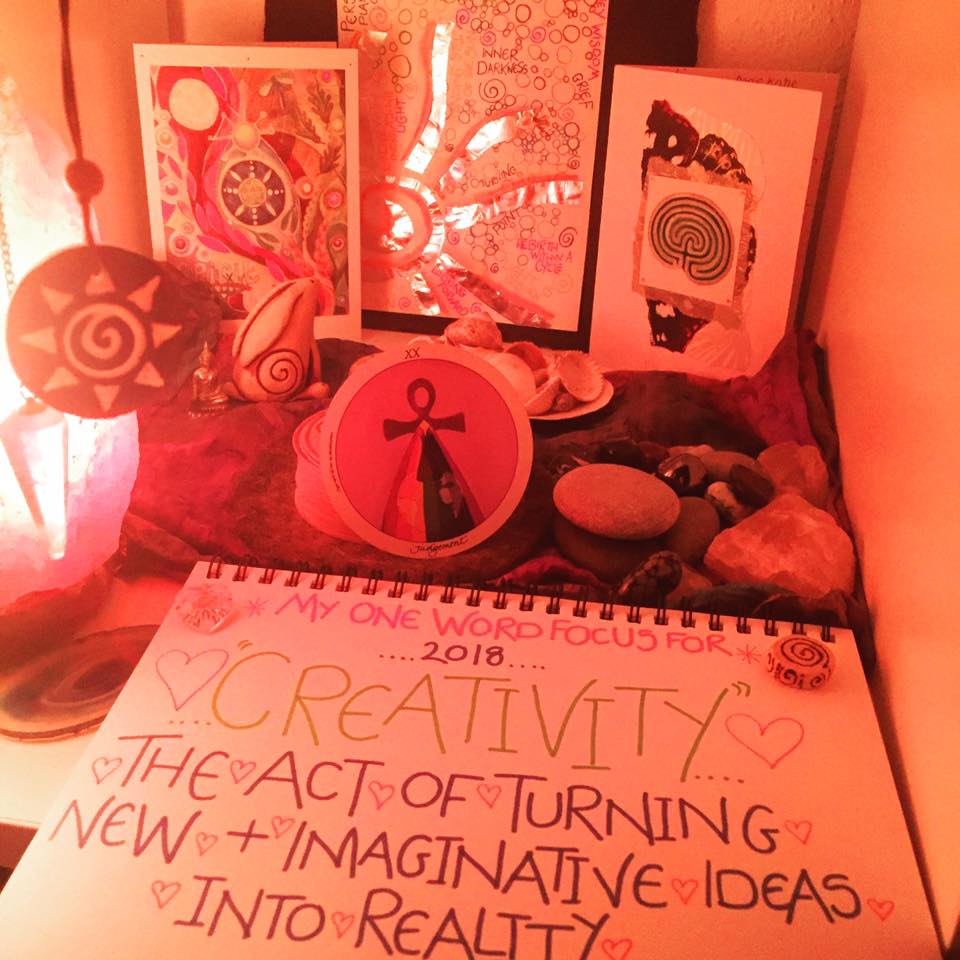
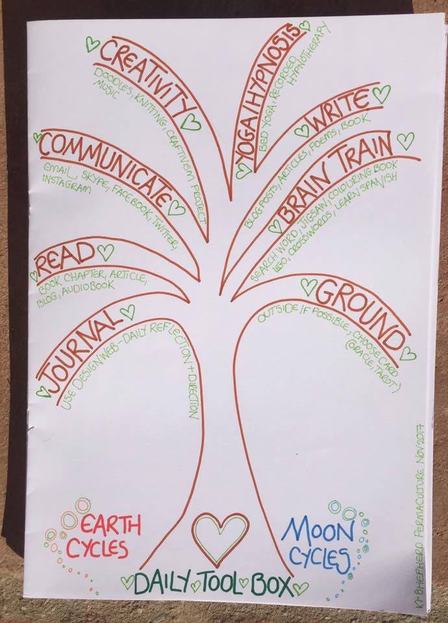
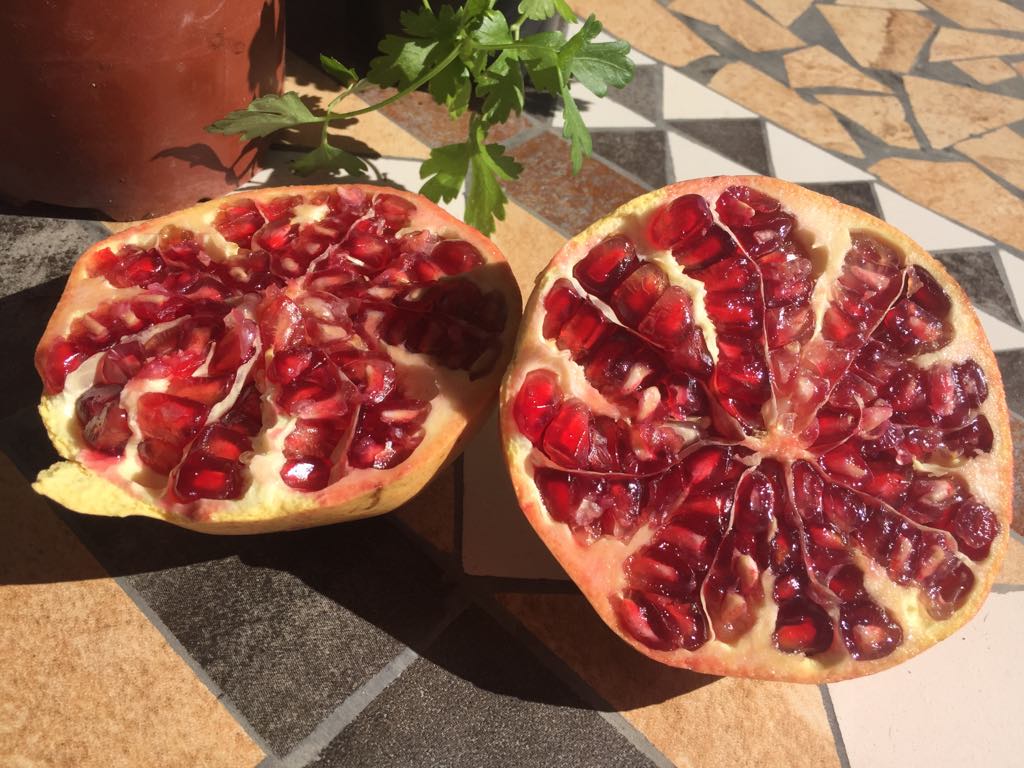
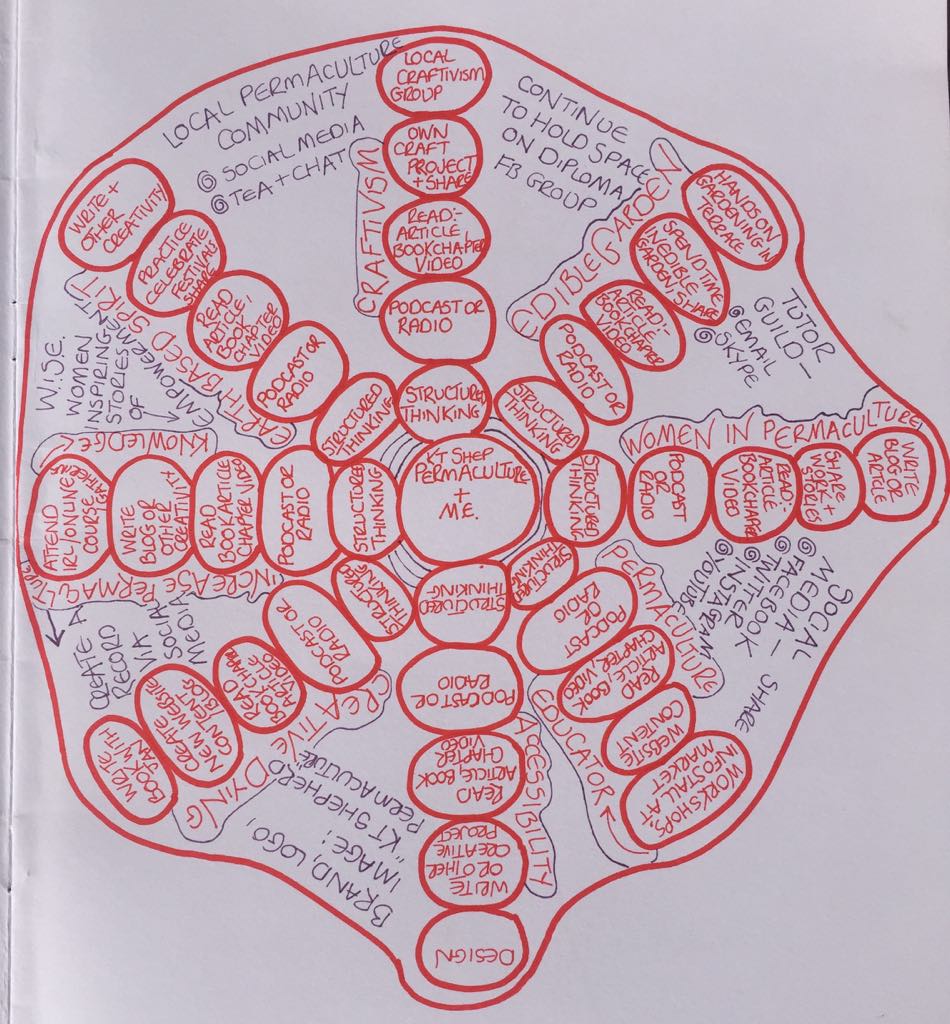
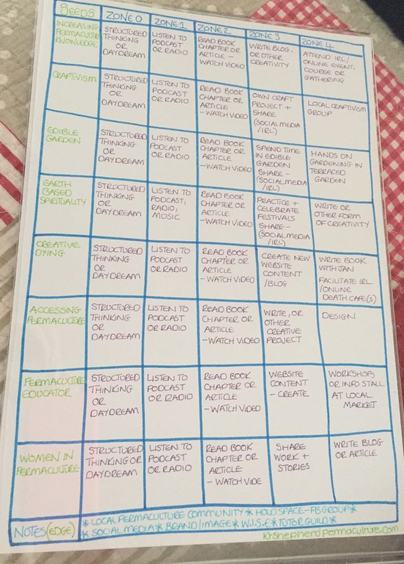
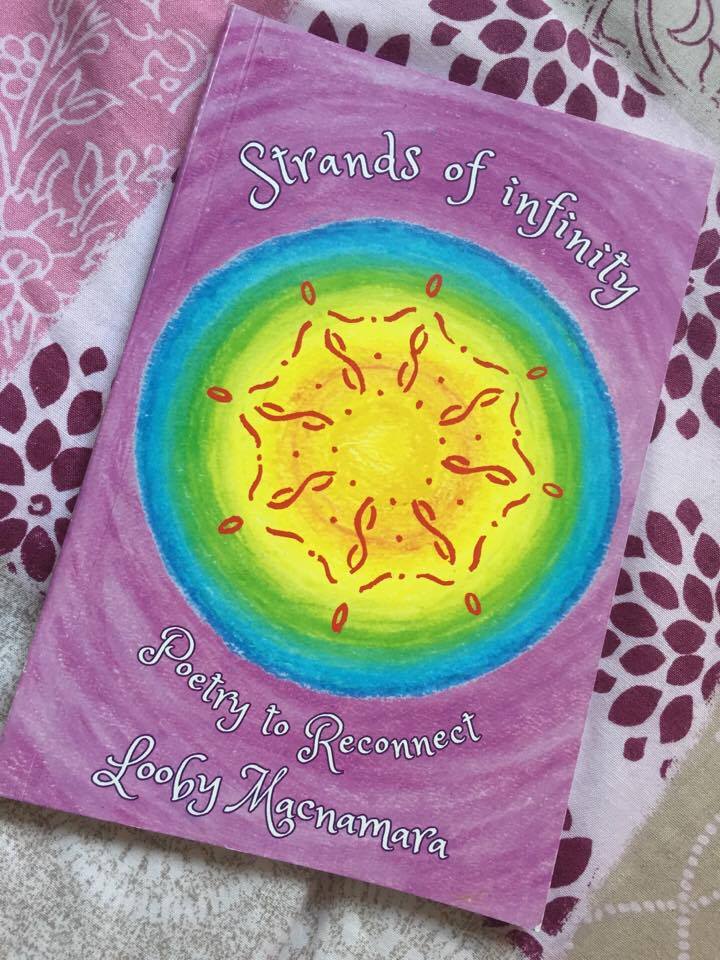

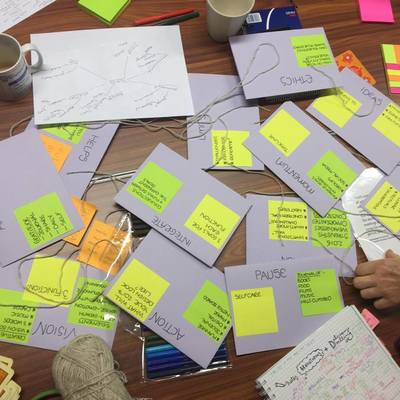
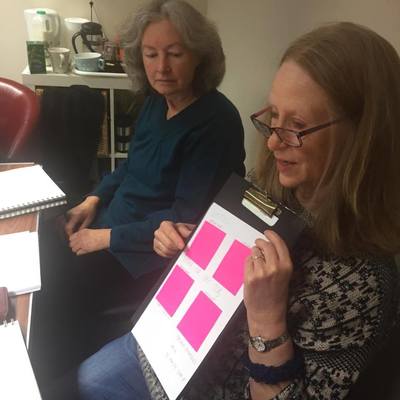
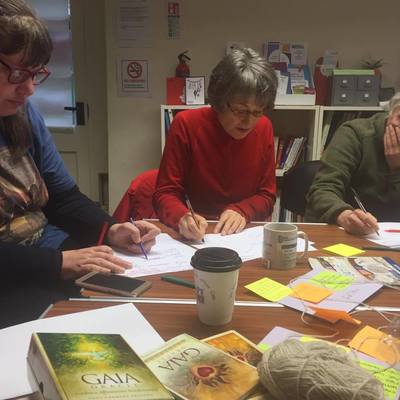
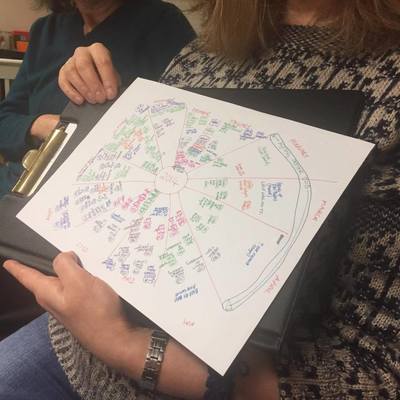
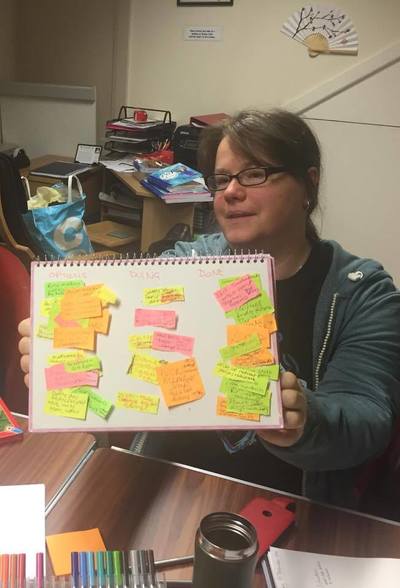
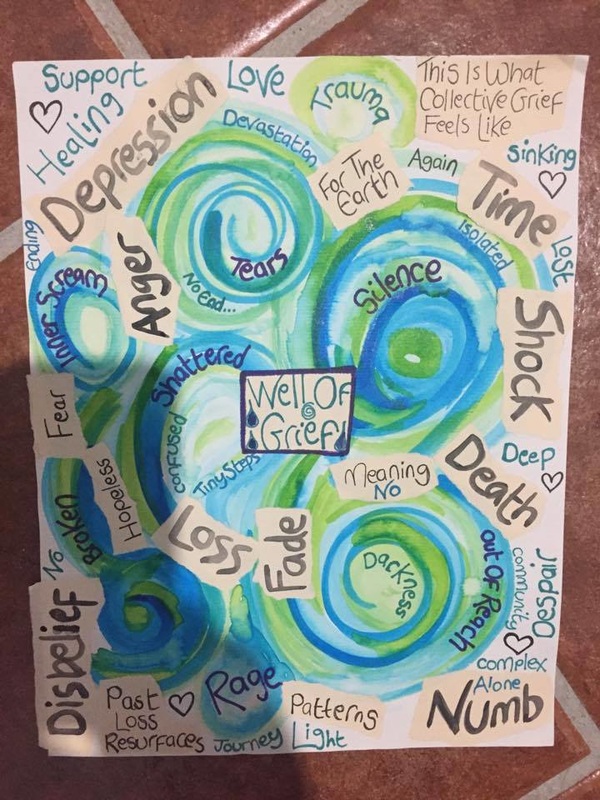
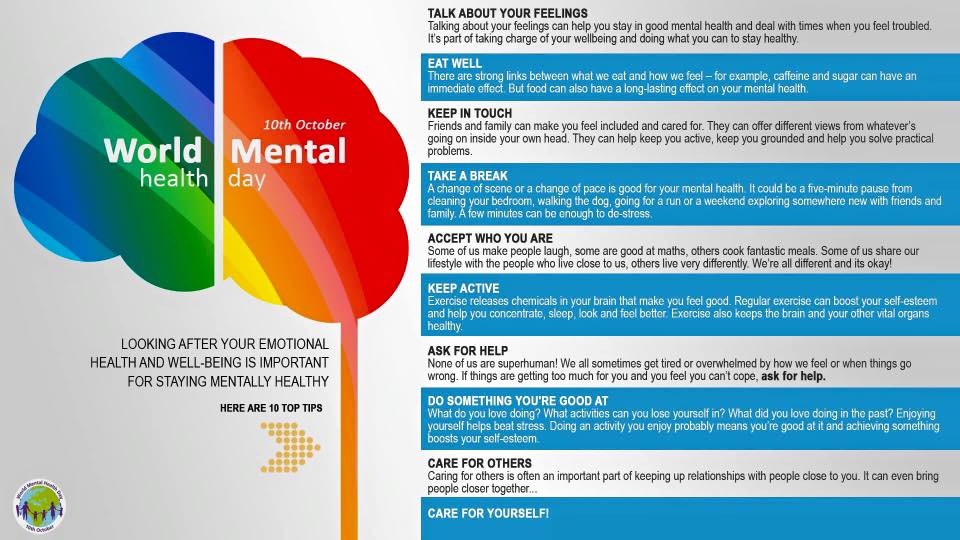
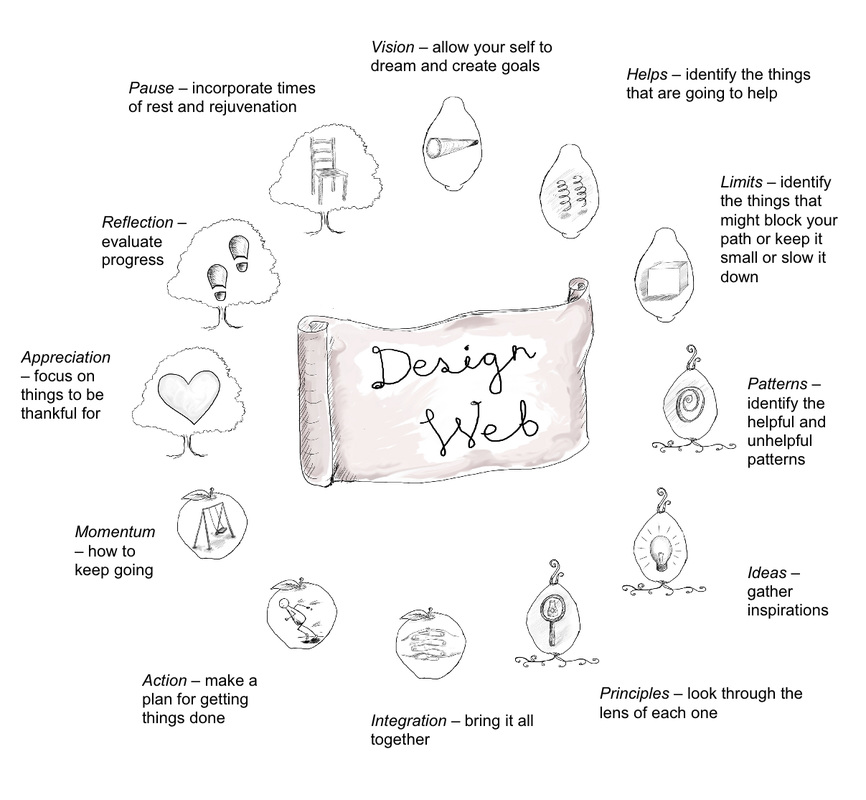
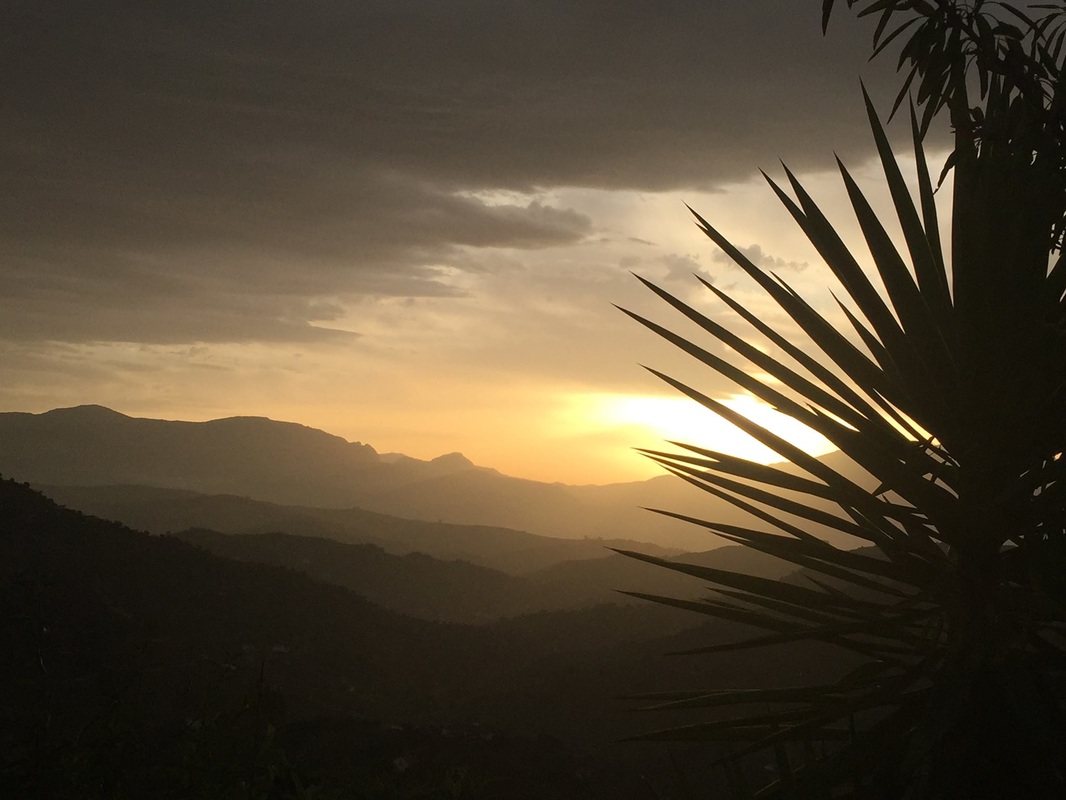
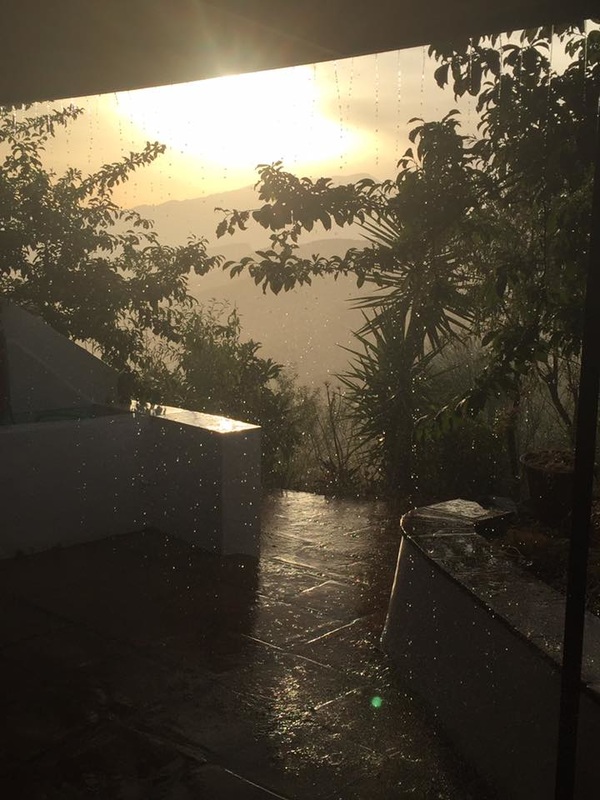
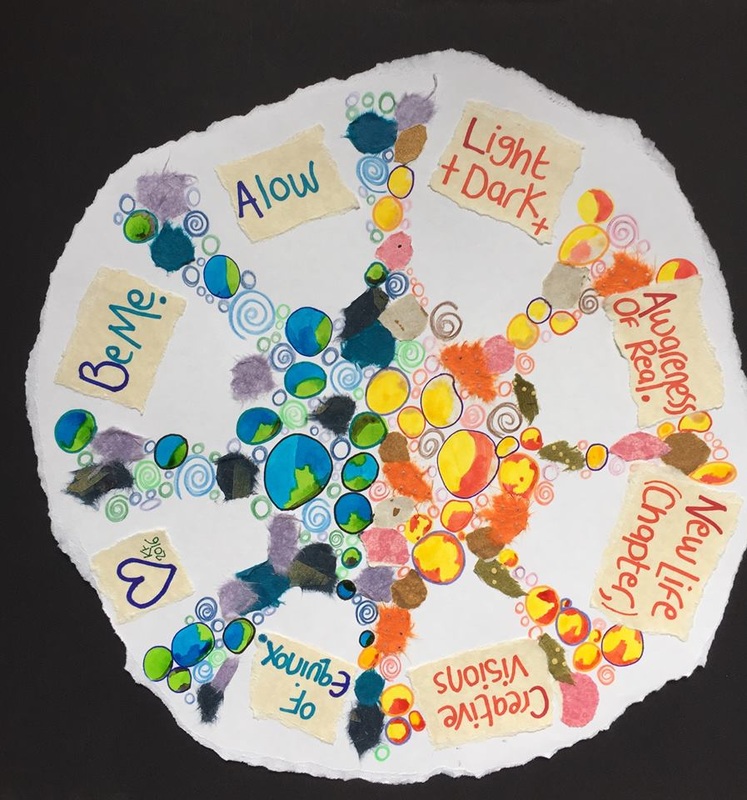
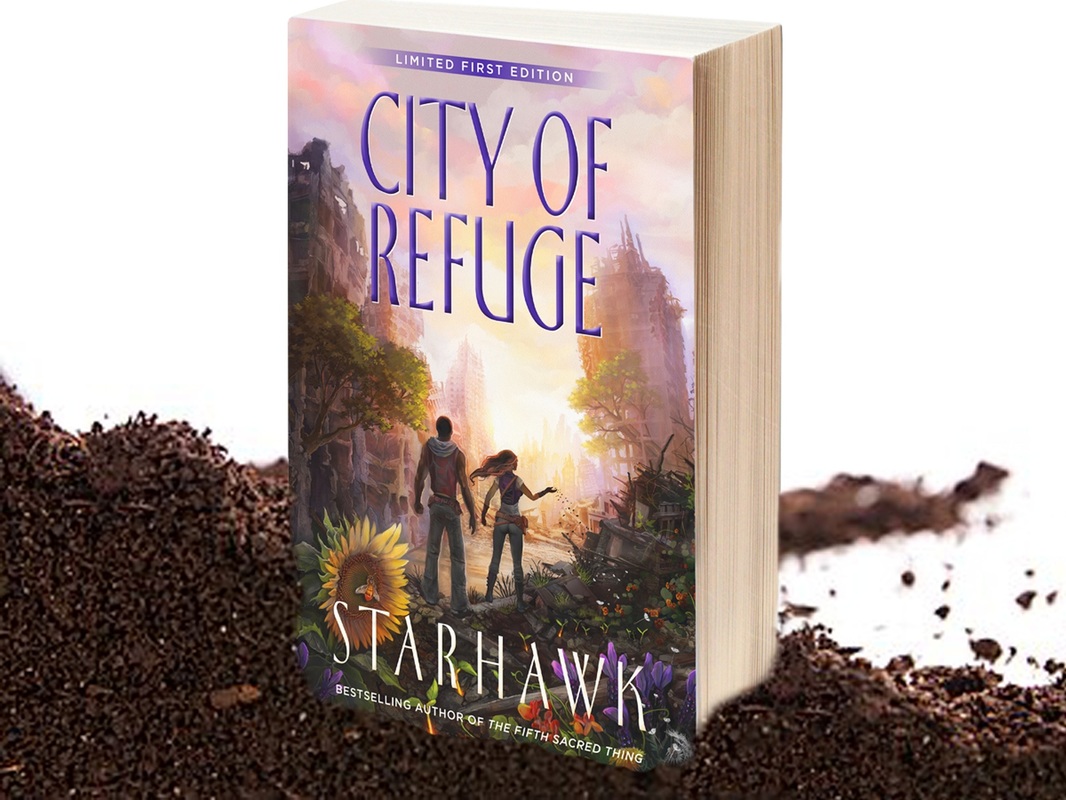

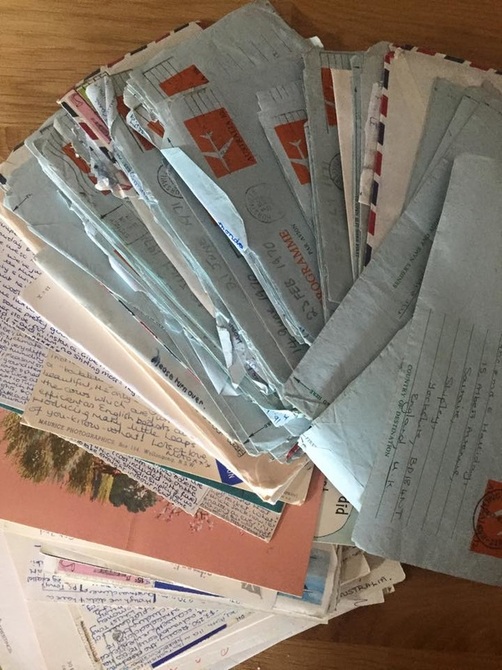
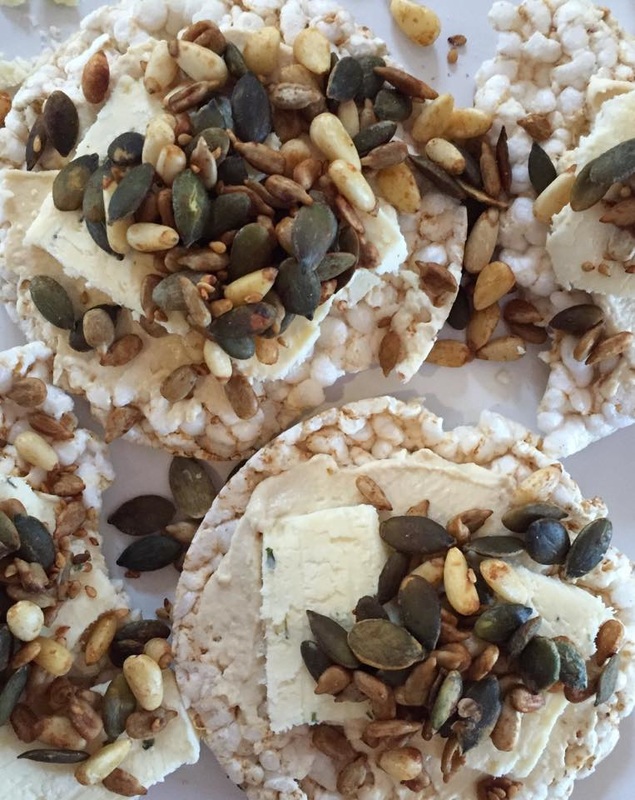
 RSS Feed
RSS Feed